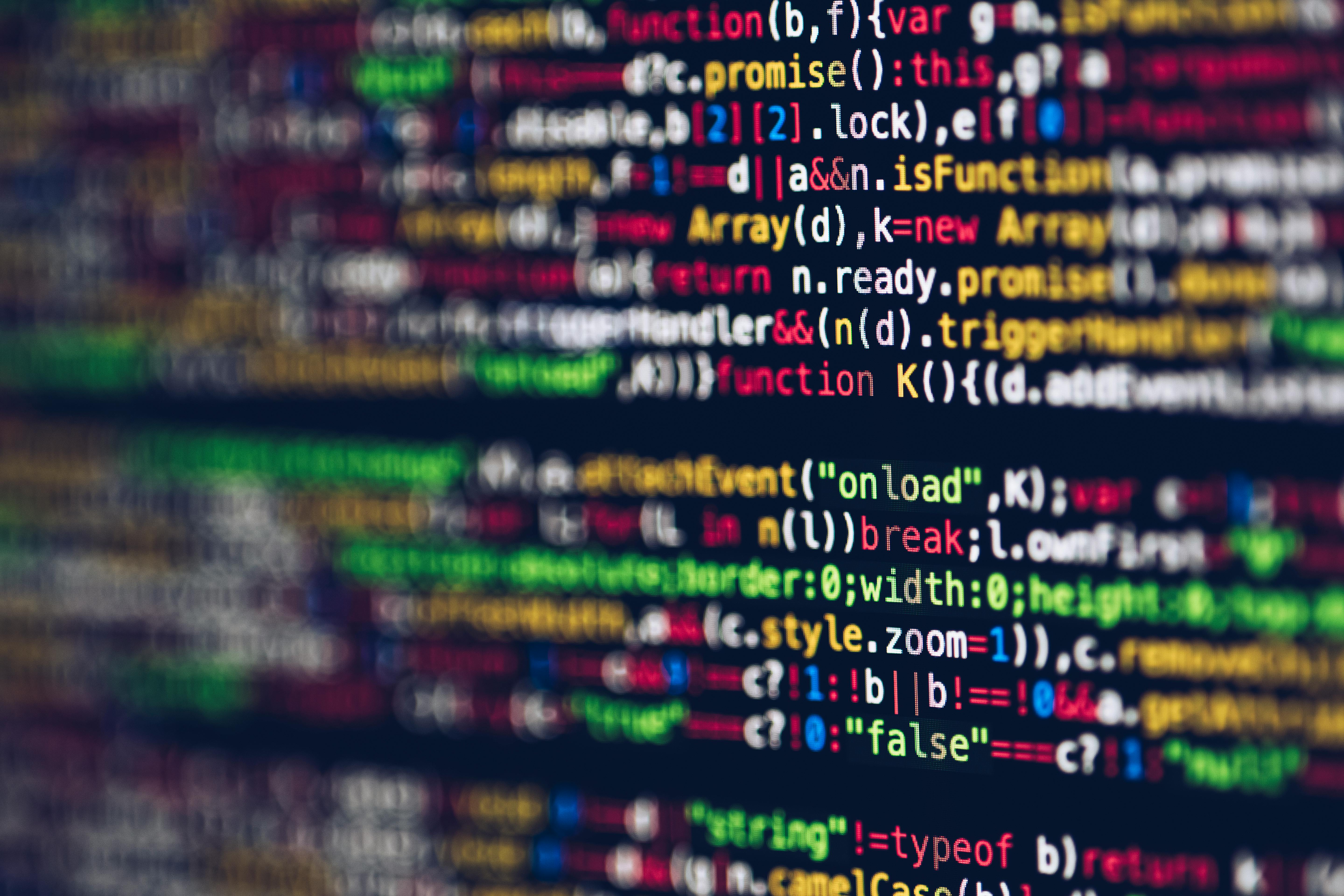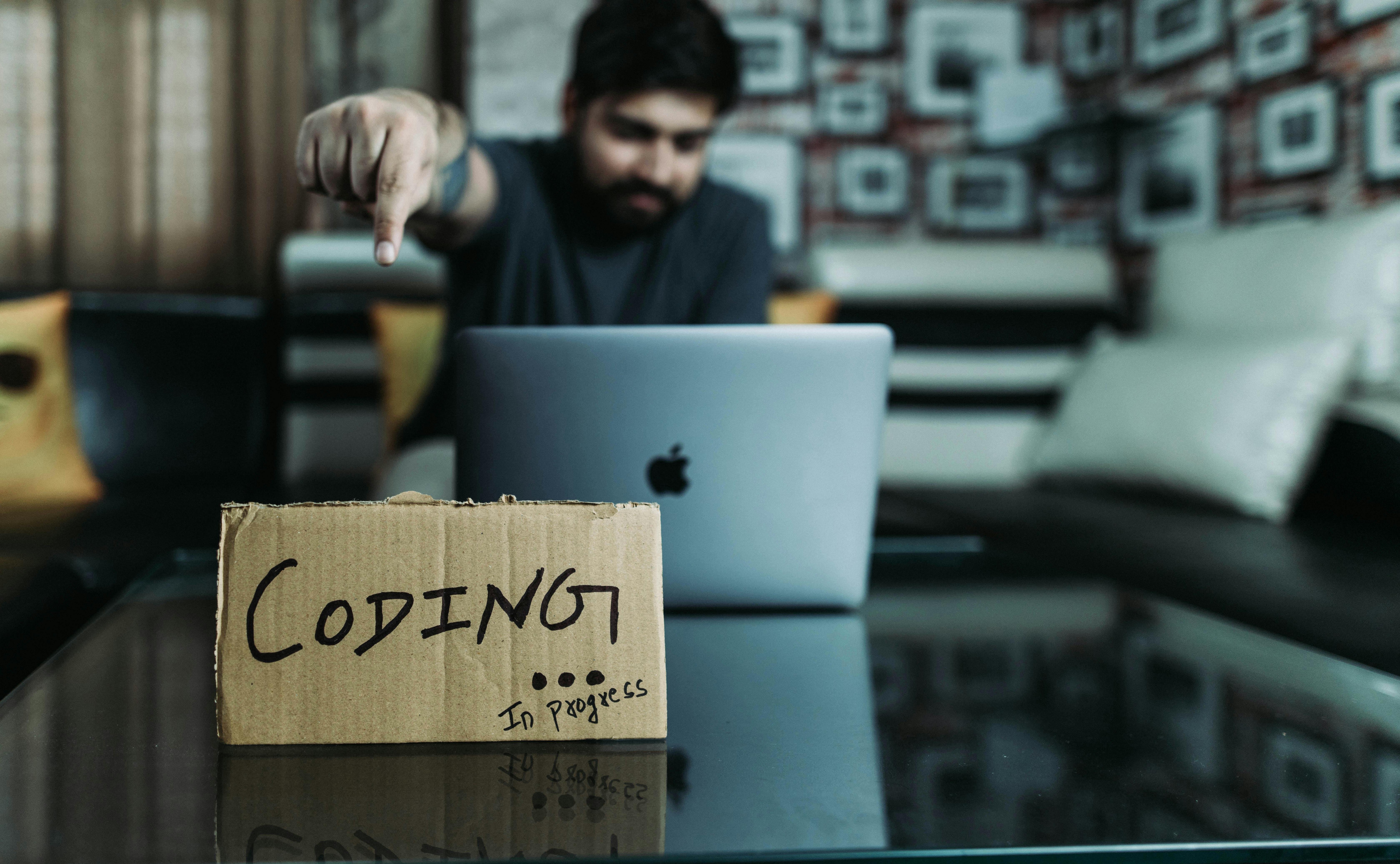20 AI Image Generator Models And How To Use Them

The world of AI image generation has exploded in the past few years, with new models and tools emerging almost weekly. These powerful AI systems can create stunning visuals from simple text prompts, transforming how we approach design, art, and visual content creation.
In this comprehensive guide, we'll explore 20 of the most impressive AI image generator models available today, explain how they work, and provide practical tips for getting the most out of each one.
1. Midjourney

Midjourney has quickly become one of the most popular AI image generators, known for its artistic style and impressive detail. It excels at creating painterly, highly aesthetic images with a distinctive look.
Key Features:
- Discord-based interface (though a web app is now available)
- Exceptional at artistic and stylized imagery
- Strong composition and color theory understanding
- Detailed parameter control with aspect ratios, stylization, and more
- Regular model updates with significant improvements
Prompt Tips:
Midjourney responds well to detailed art direction. Try including:
- Specific art styles (e.g., "in the style of Monet")
- Lighting descriptions (e.g., "golden hour lighting")
- Camera details (e.g., "shot on 85mm lens")
- Material specifications (e.g., "made of brushed copper")
"Midjourney has completely transformed my concept art workflow. What used to take days now takes minutes, and the quality is consistently impressive. The key is learning how to craft effective prompts."
2. DALL-E 3
OpenAI's DALL-E 3 represents a significant leap forward in AI image generation, with remarkable improvements in understanding complex prompts and producing coherent, detailed images that closely match user intent.
Key Features:
- Exceptional text understanding and prompt following
- Ability to handle complex scenes with multiple elements
- Improved handling of text within images
- Integration with ChatGPT for prompt refinement
- Strong safety filters to prevent misuse
Prompt Tips:
DALL-E 3 excels with detailed, descriptive prompts. Consider:
- Being specific about what you want in different parts of the image
- Using descriptive adjectives for mood and atmosphere
- Specifying what you don't want to see
- Writing prompts in paragraph form rather than keyword lists
3. Stable Diffusion
Stable Diffusion stands out as the most accessible high-quality open-source AI image generator. Its open nature has led to a thriving ecosystem of models, extensions, and implementations.
Key Features:
- Open-source and free to use
- Can be run locally on consumer hardware
- Extensive customization through community models
- Advanced features like inpainting, outpainting, and img2img
- No content filters when run locally
Popular Stable Diffusion Implementations:
AUTOMATIC1111 Web UI
- Most popular local implementation
- Extensive feature set
- Active community development
ComfyUI
- Node-based workflow interface
- Greater technical control
- Better for advanced users
4. Adobe Firefly
Adobe's entry into the AI image generation space focuses on commercial safety and integration with Creative Cloud applications. Firefly is specifically designed for creative professionals who need to generate content for commercial use.
Key Features:
- Trained only on licensed content and public domain works
- Commercial usage rights included
- Seamless integration with Photoshop, Illustrator, and other Adobe apps
- Specialized tools for text effects, vector generation, and more
- Style transfer capabilities
"As a commercial designer, Firefly has been a game-changer. The peace of mind knowing the images are cleared for commercial use, combined with the direct integration into my Adobe workflow, has saved countless hours."
5. Imagen
Google's Imagen AI is now available through their Vertex AI platform and showcases impressive photorealistic capabilities and strong text understanding. While more limited in access than some other options, it produces high-quality results with minimal artifacts.
6. Bing Image Creator
Microsoft's free image generation tool powered by DALL-E technology offers a simple way to create images directly from the Bing search interface. While not as feature-rich as standalone tools, it provides impressive quality for a free, easily accessible service.
7. Leonardo.AI
Leonardo.AI has quickly gained popularity for its focus on game assets, character design, and fantasy art. It offers specialized models trained for specific visual styles.
Key Features:
- Custom model training capabilities
- Strong community of game developers and fantasy artists
- Specialized in character design and concept art
- Robust image editing and variation tools
8. Runway Gen-2
Runway's Gen-2 model excels at video generation and image-to-image transformations. It's particularly popular among filmmakers and video content creators for its ability to generate and edit video content.
9. Canva Text to Image
Canva has integrated AI image generation directly into its popular design platform, making it incredibly accessible for non-technical users who need quick visual assets for their designs.
10. Craiyon (formerly DALL-E Mini)
A free, accessible AI image generator that, while not as high-quality as commercial options, offers unlimited generations without cost. It's perfect for experimentation and casual use.
11. Pika Labs
Pika Labs focuses on AI video generation, allowing users to create short animated clips from text prompts or static images. It's particularly good at character animation and stylized motion.
Key Features:
- Text-to-video generation
- Image-to-video animation
- Control over motion style and duration
- Discord-based interface
12. NightCafe
NightCafe offers a user-friendly interface with multiple AI models available in one place. It uses a credit system and includes social features for sharing and discovering AI art.
13. Artbreeder
Specializing in "breeding" images by combining elements from multiple sources, Artbreeder is excellent for creating unique characters, landscapes, and abstract art through genetic algorithm-inspired processes.
14. Jasper Art
From the makers of the popular Jasper AI writing assistant, Jasper Art focuses on commercial-use images for marketing and content creation, with styles optimized for business applications.
15. Playground AI
Playground AI offers a clean, intuitive interface with both free and premium tiers. It's particularly good at:
Key Features:
- Inpainting and outpainting capabilities
- HD image generation
- Community showcase for inspiration
- Multiple model access in one interface
16. Krea AI
Krea AI specializes in design applications with tools specifically for patterns, textures, and repeatable elements that work well for product design and fashion.
17. Ideogram
Ideogram stands out for its exceptional text rendering capabilities, making it the go-to choice when you need images that include accurate, readable text elements.
18. Enstil
Focused on photorealistic image generation, Enstil excels at creating images that look like they were captured by a camera rather than created by AI.
19. Scenario
Scenario is built specifically for game developers and offers specialized models for game art, assets, and environments.
Key Features:
- Game-specific asset generation
- Tileable texture creation
- Character design tools
- Environment generation
- Style consistency across multiple generations
Case Study: Indie Game Development
Indie studio Moonlight Games used Scenario to generate concept art and preliminary assets for their fantasy RPG:
Before AI tools:
- 3-4 months for concept art phase
- $15,000+ budget for initial concept art
- Limited visual exploration due to costs
With Scenario:
- 3 weeks for expanded concept phase
- Under $500 for AI generation costs
- Explored 10x more visual concepts
20. Getimg.ai
Getimg.ai offers a comprehensive suite of AI image tools beyond just generation, including:
- Image upscaling
- Background removal
- Face swapping
- Style transfer
- Custom model training
Effective Prompt Engineering for AI Image Generation
Regardless of which AI image generator you use, mastering prompt engineering is crucial for getting the results you want. Here are universal tips that work across most platforms:
Structure Your Prompts
A well-structured prompt typically includes:
- Subject: What is the main focus of the image?
- Setting: Where is the scene taking place?
- Lighting: What type of lighting illuminates the scene?
- Mood/Atmosphere: What feeling should the image convey?
- Style/Medium: What artistic style or medium should be emulated?
- Technical details: Camera lens, angle, resolution, etc.
Example Prompt Structure:
"A serene Japanese garden with a small wooden bridge over a koi pond, cherry blossoms falling gently, golden hour lighting creating long shadows, atmospheric mist rising from the water, peaceful contemplative mood, in the style of Studio Ghibli animation, cinematic composition, 4K detailed rendering."
Use Specific Descriptors
Be precise with your language. Instead of "good lighting," specify "soft diffused morning light filtering through fog." The more specific you are, the better the AI can match your vision.
Reference Artists and Styles
Most AI models understand artistic styles and can emulate specific artists. Try phrases like "in the style of [artist name]" or references to art movements like "cyberpunk aesthetic" or "art deco style."
Understand Model Strengths
Each AI model has different strengths. For example:
- Midjourney excels at artistic and stylized images
- DALL-E 3 is great at following complex instructions
- Stable Diffusion has the most customization options
- Firefly is optimized for commercial design work
Ethical Considerations in AI Image Generation
As you explore these powerful tools, keep these important ethical considerations in mind:
Copyright and Ownership
Different AI models have different terms regarding the ownership of generated images. Some grant you full commercial rights, while others have restrictions. Always check the terms of service before using AI-generated images commercially.
Attribution and Transparency
When using AI-generated images, consider being transparent about their origin, especially in professional contexts. The norms around AI disclosure are still evolving, but transparency builds trust.
Bias and Representation
AI models can reflect and sometimes amplify biases present in their training data. Be mindful of representation issues in your prompts and generated images, and consider how your use of AI might impact different communities.
Environmental Impact
Training and running large AI models requires significant computational resources and energy. Consider the environmental impact of extensive AI image generation and use resources mindfully.
Conclusion: The Future of AI Image Generation
AI image generation technology is evolving at a breathtaking pace. What seemed impossible just a few years ago is now accessible to anyone with an internet connection. As these tools continue to develop, we can expect:
- Even greater photorealism and detail
- More specialized models for specific industries and use cases
- Better integration with traditional creative workflows
- More advanced animation and video generation capabilities
- Improved editing and customization options
Whether you're a professional designer, a marketer, a game developer, or simply someone interested in creative expression, these AI image generation tools offer exciting new possibilities limited only by your imagination.
Ready to start creating? Explore our collection of free AI tools, including text-to-image generators and more, with no word limits, no registration required, and no hidden fees.